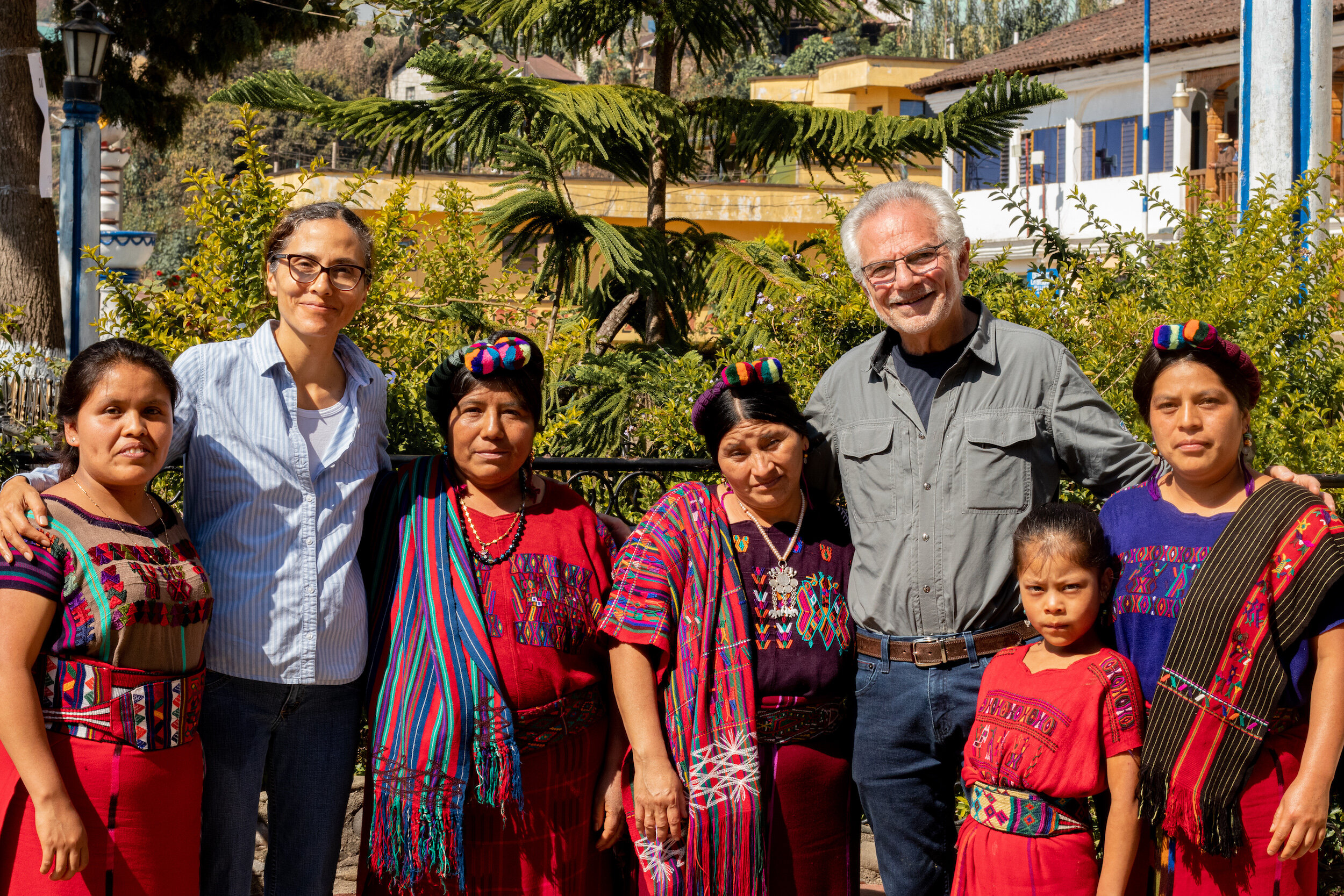
OUR STORY
2008: Bill Fishbein founds the coffee trust
With 20 years of non-profit experience in international development with coffee growing communities all around Central America, Bill wanted to take what he had learned and apply it to a single community. The hope was that by working on a small scale, with one community, he could evoke real change.
San Gaspar Chajul was the community chosen as it is one of the most impoverished coffee growing communities in the world. Early projects in Chajul included an education project which gave students scholarships to receive degrees in higher education, a women’s microcredit and savings project, and agricultural projects to aid the community’s local coffee cooperative.
2012: Paula Rodriguez joins The Coffee Trust team.
Paula brought with her immense experience in rural development. Being from Guatemala, Paula was able to have her boots on the ground, constantly visiting Chajul and working with the locals on the projects.
2014: La Roya (The Coffee Rust) devastates the Chajul coffee crop and the Roya Recovery Project is launched.
One of the biggest projects we’ve done to date, The Roya Recovery Project, aimed to help farmers recover the crops they lost to the Roya fungus (a fungus which eventually can cause coffee plants to wither and die). The project focused on using natural, organic practices to help farmers save their plants and recuperate their lost crops.
2018: The Roya Project is considered successful and sustainable.
The goal of every Coffee Trust project is for it to one day become sustainable and the community to take responsibility over for the project themselves. With The Roya Recovery Project handed over to the community, we turned our attention to a new problem: the treacherously low price of coffee.
2019: The Honey Project is launched.
While we had been supporting Copichajulense (Chajul’s local beekeeping cooperative) for years, in 2019 it was made a top priority. With the price of green coffee treacherously low, and farmers barely being able to scrape by, beekeeping and honey production provided farmers with a source of much needed additional income. Along with helping Copichajulense improve their beekeeping practices, we helped the cooperative import honey into a new market, the United States.





